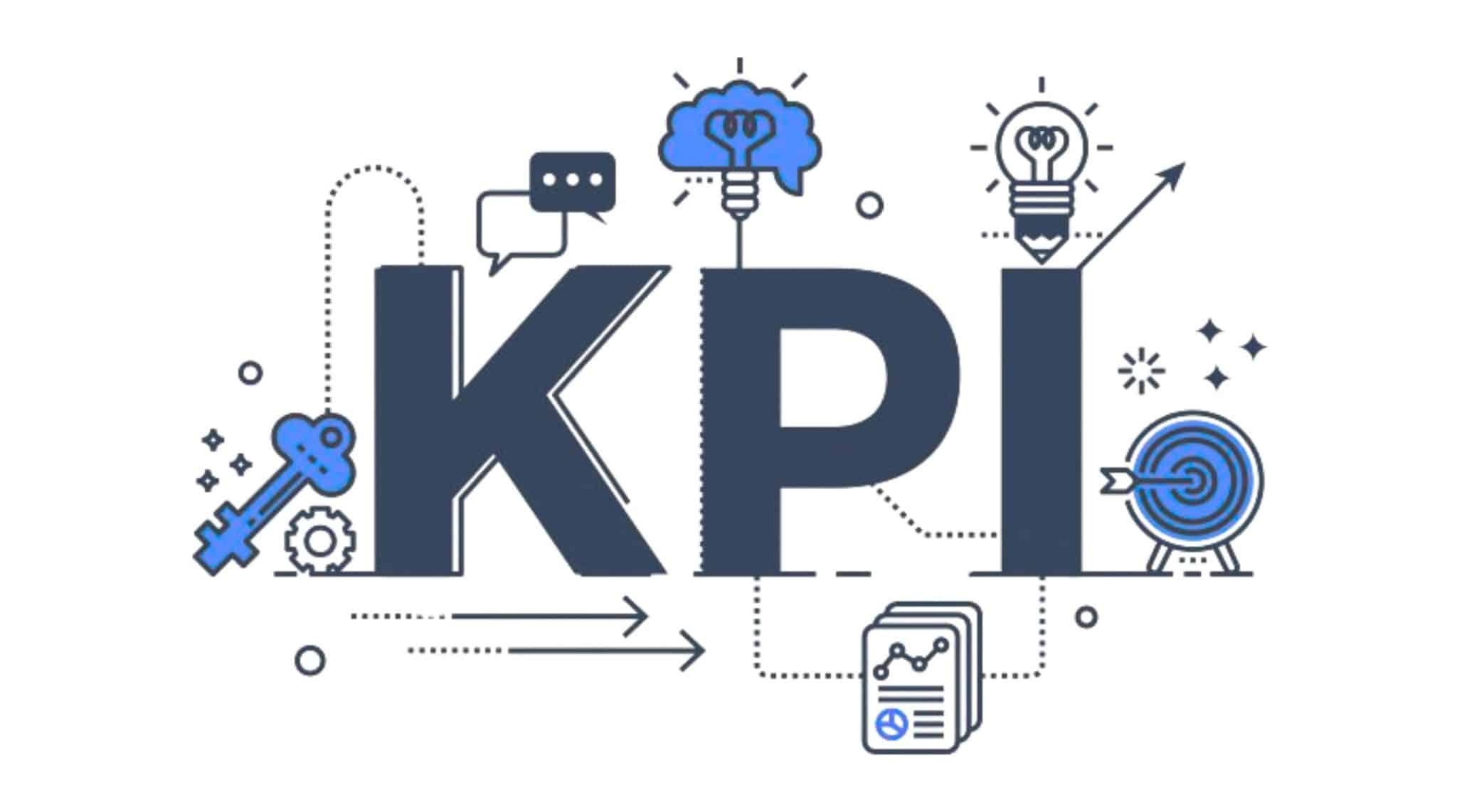Machines work for machines, humans work for humans! Sounds strange? So when a task is done by automation it’s more like a machine thing.
Customers might feel it dry as it doesn’t know how to interact, engage and understand human pain points. But humans do it better.
So if you are too much dependent on automation you might compromise the value as you might leave everything up to automation altogether. This slight slipping can impact your impression on consumers.
So giving some human touch to balance everything can raise the value of your product.
Let’s know how important it is to add value rather than completely depending upon automation.
Value: The Gateway To QA Success
The value of a QA product refers to the significance and advantages that quality assurance (QA) contributes to the product process of development. This value can be achieved with proper test management.
This entails making sure the product satisfies the expectations and criteria of its clients, which improves its quality and dependability.
The value of quality assurance (QA) lies in its ability to enhance customer satisfaction, reduce risks, enhance brand reputation, and ultimately contribute to the product’s market success, requiring a comprehensive understanding of its functions and benefits.
Benefits of Prioritizing Value Over Ease!
Forget bug whacking for a moment. What if our QA was more proactive, catching problems before they became a problem? This value-driven strategy produces high-quality software that exceeds user expectations rather than simply meeting them. Consider higher user happiness, smoother workflows, and greater adaptability.
Furthermore, it functions as a built-in risk control system, promoting clear communication among teams. In the end, our software becomes the Swiss Army knife of apps, dependable, adaptable, and ready for everything. Here are some benefits of prioritizing value.
Improved User Experience
Prioritizing value in QA leads directly to increased user satisfaction. By paying attention to tasks that directly benefit customers, QA teams ensure that the product satisfies their requirements as well as their desires.
This leads to a user-first approach to software development, whereby features and functionalities are tweaked to improve the entire user experience, resulting in more satisfaction and engagement.
Better Efficacy
One significant benefit of prioritizing value in QA is increased efficiency and effectiveness throughout the development process.
By choosing the tasks with the greatest effect, QA teams can simplify their workflows, make better use of resources, and improve the overall quality of their output. This increased efficiency allows teams to offer better results in less time, resulting in higher production and output.
Better Agility and Adaptability.
By choosing the tasks with the greatest effect, QA teams can simplify their workflows, make better use of assets, and improve the overall quality of their output.
This increased efficiency allows teams to offer superior outcomes in less time, resulting in higher production and output.
Greater Risk Management
Prioritizing value in QA is critical for improving risk management strategies. By focusing on tasks that bring the most value, QA teams may detect and address key issues early in the development cycle.
This preventive approach to risk management reduces the possibility of costly errors or defects by mitigating possible risks before they increase, protecting the overall quality of the software’s product.
Better Communication and Collaboration
Value-driven QA encourages communication and cooperation among development teams. Prioritizing duties that are in line with the project’s objectives and user expectations enables QA teams to work more successfully with other stakeholders such as programmers, product managers, and strategists.
This alignment ensures that everyone works toward the same goal, which promotes team cohesiveness, transparency, and cooperation.
How is Value Compromised only with Automation?
When relying solely on automation for software quality assurance, quality can be compromised in several ways:
Overlooking Human-Centric Aspects
Automation may miss complex flaws that human testers can detect, particularly those involving user experience, accessibility, or subjective factors that require human judgment.
Narrow Scope of Testing
Automated tests are frequently designed using preset situations and scripts, which might not include all conceivable edge scenarios or circumstances that a human tester may examine, leading to gaps in test coverage and potential flaws that go undetected.
Inadequate Adaptation
Automation tools can find it difficult to adapt to software changes, particularly when large changes occur, potentially resulting in obsolete or ineffective test scripts that fail to detect new problems or issues brought on by codebase changes.
False Sense Of Security
Relying only on automation can lead to a false sense of security, as it assumes that every aspect of software quality has been properly addressed, whereas in fact, certain crucial parts that require human judgment or creativity may be missed.
Lack of Contextual Understanding
Automation tools might not have the contextual awareness that human testers have, such as the capacity to grasp complex requirements, comprehend user expectations, or detect subtle flaws that necessitate domain expertise or real-world insights.
But what tactics can you employ to increase the worth of a product while making the user experience enjoyable! Here are some.
Strategies for Prioritizing Value in QA
Define the QA goal and Objectives.
The first step in prioritizing value in QA is to establish a QA goal and objective. This will allow QA teams to concentrate their efforts upon tasks that are relevant to the overall project objectives and user demands.
By focusing the QA aim on something precise and objectively quantifiable, teams can track the efficacy of their efforts and verify that their QA approach is aligned with the pain issues they are experiencing at the moment.
Establish a Dedicated QA Team
Establishing a separate QA team can assist guarantee that QA receives the time and funding it requires.
The QA team ought to be involved in the creation of software from the start, ensuring that quality assurance is integrated throughout the process.
Organizations with a dedicated QA team can ensure that QA gets priority and that the group has the experience and resources needed to produce high-quality software.
Create an SQA Management Plan
A software quality assurance (SQA) management plan can assist QA teams in planning and managing their QA tasks successfully. The SQA management plan should clearly define the QA goals, objectives, and activities, as well as a strategy for assessing and reporting on QA performance.
A well-defined SQA management strategy allows teams to guarantee that their QA efforts are aligned with the overall project goals and that they can track their progress and success.
Set Up Checkpoints
Setting up checkpoints throughout the software development process can help QA teams to identify and address issues early in the development process.
Checkpoints should be established at key milestones in the development process, such as at the end of each development phase or before release.
By having regular checkpoints, teams can ensure that they are able to identify and address issues early, reducing the risk of delays and ensuring that the software meets the required quality standards.
Utilize Effective Techniques
Utilizing effective QA techniques, such as exploratory testing, can help QA teams to identify critical issues that may have been missed by automated testing.
By using a combination of automated and manual testing techniques, teams can ensure that they are able to identify and address a wide range of issues, from simple bugs to complex systemic issues.
Use Multi-Testing Procedures
Using multi-testing procedures, such as regression testing, can help QA teams to ensure that the software is functioning as expected and that any changes made during development have not introduced new issues. By using a variety of testing procedures, teams can ensure that they are able to identify and address a wide range of issues, from simple bugs to complex systemic issues.
Conduct Regular Audits
Conducting regular audits of the QA process can help QA teams to identify areas for improvement and ensure that QA activities are aligned with the overall project goals and user needs.
By conducting regular audits, teams can ensure that they are able to identify and address any issues in the QA process, improving the overall quality of the software and reducing the risk of delays.
Save SQA Results
Saving SQA results can help QA teams to track progress and identify trends over time. By saving SQA results, teams can ensure that they are able to identify any trends or patterns in the QA process, allowing them to make informed decisions about how to improve the QA process and deliver high-quality software.
Continuously Improve the SQA Process
Continuously improving the SQA process can help QA teams to stay up-to-date with the latest QA techniques and tools and ensure that QA activities are aligned with the overall project goals and user needs.
By continuously improving the SQA process, teams can ensure that they are able to deliver high-quality software that meets the needs of users and stakeholders.
Wrap Up!
Thus we can say that prioritizing value while embracing automation is a good step to raise the quality of a product.
So if you have seen that the value of a product is compromised then don’t only depend on the automation for all the tasks, keep the human touch in the loop for customer satisfaction.















































